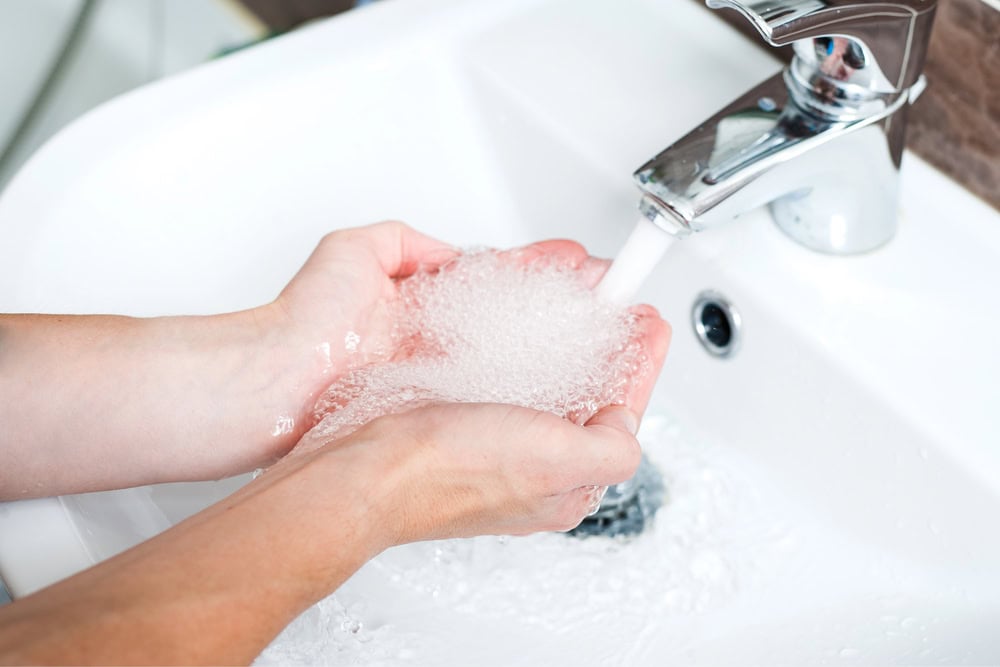Water pressure boosters are essential devices designed to improve water flow and pressure in residential or commercial settings.
If you’ve ever turned on a tap only to be greeted by a weak stream, you know the frustration that can follow. This article will cover the key aspects of water pressure boosters, from how they work to their benefits and installation.
What Is a Water Pressure Booster?
A water pressure booster is a mechanical system that increases the pressure of water in your plumbing system. It typically consists of a pump, pressure tank, and controls that work together to enhance water delivery.
These systems are particularly useful in areas where municipal supply doesn’t provide adequate pressure or in homes with long pipe runs or multiple stories.
If you’re facing persistent water pressure issues, it may be time to consult an orlando plumber for expert advice and installation assistance.
How Do Water Pressure Boosters Work?
The core component of a water pressure booster is the pump, which draws water from a main supply — usually your municipal water system or a well.
When the pressure drops below a pre-set level, the pump activates, pushing water through the system at a higher pressure.
Once the desired pressure is reached, the pump automatically shuts off, conserving energy. The pressure tank plays a crucial role by storing pressurized water, ensuring a steady supply even when the pump isn’t running.
Think of it as a balloon that expands as you blow air into it, and then releases that air steadily when you let go.
Types of Water Pressure Boosters
There are several types of water pressure boosters to choose from, each suited for different applications:
Single-Stage Pumps: These pumps are straightforward and effective for homes with moderate water pressure needs. They’re easy to install and maintain, making them a popular choice for residents.
Multi-Stage Pumps: Designed for larger homes or commercial applications, multi-stage pumps can handle higher pressure demands. They use multiple impellers to generate greater pressure without sacrificing flow rate.
Centrifugal Pumps: Often used in larger systems, centrifugal pumps move water through rotational energy. They’re efficient and can be used in various environments, from domestic to industrial.
Constant Pressure Systems: These systems automatically adjust the pump’s speed to maintain a constant pressure, ensuring a reliable supply even when water demand fluctuates.
Benefits of Installing a Water Pressure Booster
Installing a water pressure booster comes with several advantages that can significantly improve daily life:
Increased Comfort: Whether you’re showering, washing dishes, or watering the garden, consistent water pressure enhances your experience.
No one wants to struggle with weak flow or fluctuating pressure when they need it most.
Improved Appliance Performance: Many household appliances, like washing machines and dishwashers, perform better with optimal water pressure.
A booster can extend their lifespan, as they operate under the right conditions.
Better Irrigation: If you have a garden or lawn, adequate water pressure is vital for effective irrigation. A booster ensures that water reaches all areas of your property evenly, promoting healthy plant growth.
Easier Installation of Fixtures: If you’re planning to install new fixtures such as rain showers or water-efficient toilets, adequate pressure will ensure they function properly.
Factors to Consider Before Installation

Before you rush out to buy a water pressure booster, consider these key factors:
Current Water Pressure: It’s essential to measure your existing water pressure using a pressure gauge. Understanding your baseline will help you determine how much boost you really need.
Flow Rate Requirements: Assess how much water your household uses daily. This will guide you in selecting the right type and size of booster for your needs.
Space Requirements: Water pressure boosters come in various sizes. Make sure you have enough space for installation, keeping in mind that some systems may need additional components like pressure tanks.
Noise Levels: Some pumps can be quite loud, particularly when they’re running. If noise is a concern for you, look for quieter models or consider soundproofing the installation area.
Installation Guide for Water Pressure Boosters
Installing a water pressure booster might seem daunting, but with proper planning, it can be a straightforward process. Here’s a simple step-by-step guide:
Gather Your Tools: You’ll need a wrench, pliers, pipe cutters, and Teflon tape. Make sure you have everything at hand before starting.
Turn Off the Water Supply: Safety first! Shut off the main water supply and drain the system to prevent any accidents during installation.
Choose the Installation Location: Select a spot close to the main water line where you can easily access power supply.
Connect the Pump: Using the appropriate fittings, connect the pump to the water line. Be sure to follow the manufacturer’s instructions for a secure fit.
Install the Pressure Tank: Connect the pressure tank to the pump, ensuring that it’s properly supported and secured.
Power Up: Connect the pump to a power source, ensuring that all electrical work complies with local codes and regulations.
Test the System: Turn the water supply back on and check for leaks. Run the system to ensure it’s working correctly, adjusting the pressure settings as needed.
Maintenance Tips for Water Pressure Boosters
Just like any other home system, regular maintenance is important to keep your water pressure booster running smoothly:
Check for Leaks: Regularly inspect connections for any signs of leaks. Addressing small issues early can prevent larger problems down the line.
Inspect the Pump: Listen for unusual noises when the pump operates. If it sounds different, it may indicate an issue that needs attention.
Monitor Pressure Settings: Keep an eye on the pressure gauge to ensure it’s within the desired range. Adjust settings as needed based on your water usage patterns.
Clean Filters: If your system has a filter, clean or replace it periodically to maintain flow efficiency.
Common Issues and Troubleshooting
While water pressure boosters are generally reliable, issues can arise. Here are some common problems and how to troubleshoot them:
Insufficient Pressure: If the pressure is still low after installation, check for leaks in the system or an obstruction in the pipes. It might be time to reassess your flow rate requirements.
Pump Won’t Start: Ensure the power supply is on and that the circuit breaker hasn’t tripped. Consult the manual to troubleshoot any specific errors indicated by the pump’s control panel.
Frequent Cycling: If the pump turns on and off repeatedly, it could be due to a pressure tank that’s not properly charged or air leaks in the system. Inspect the tank and connections for any issues.
By following this guide, you can better understand how water pressure boosters can enhance your home’s water delivery system.
Whether you’re dealing with low pressure or seeking to optimize your water usage, these devices offer a practical solution to meet your needs.









Leave a Comment